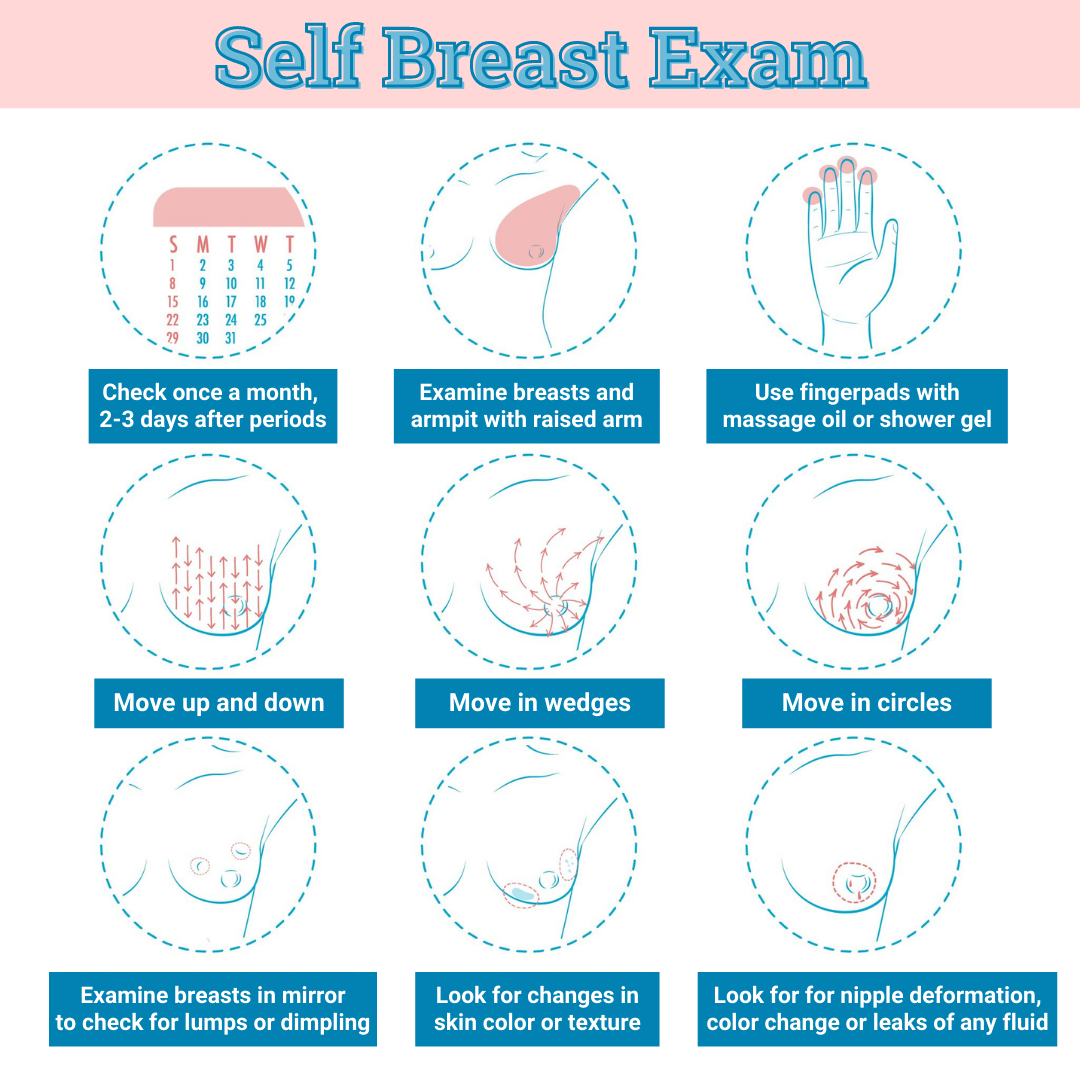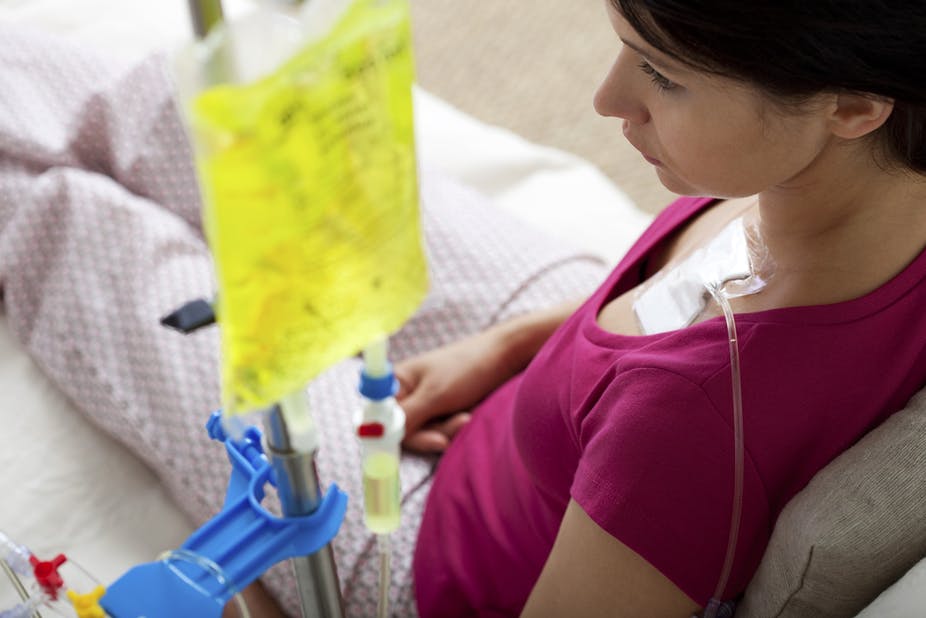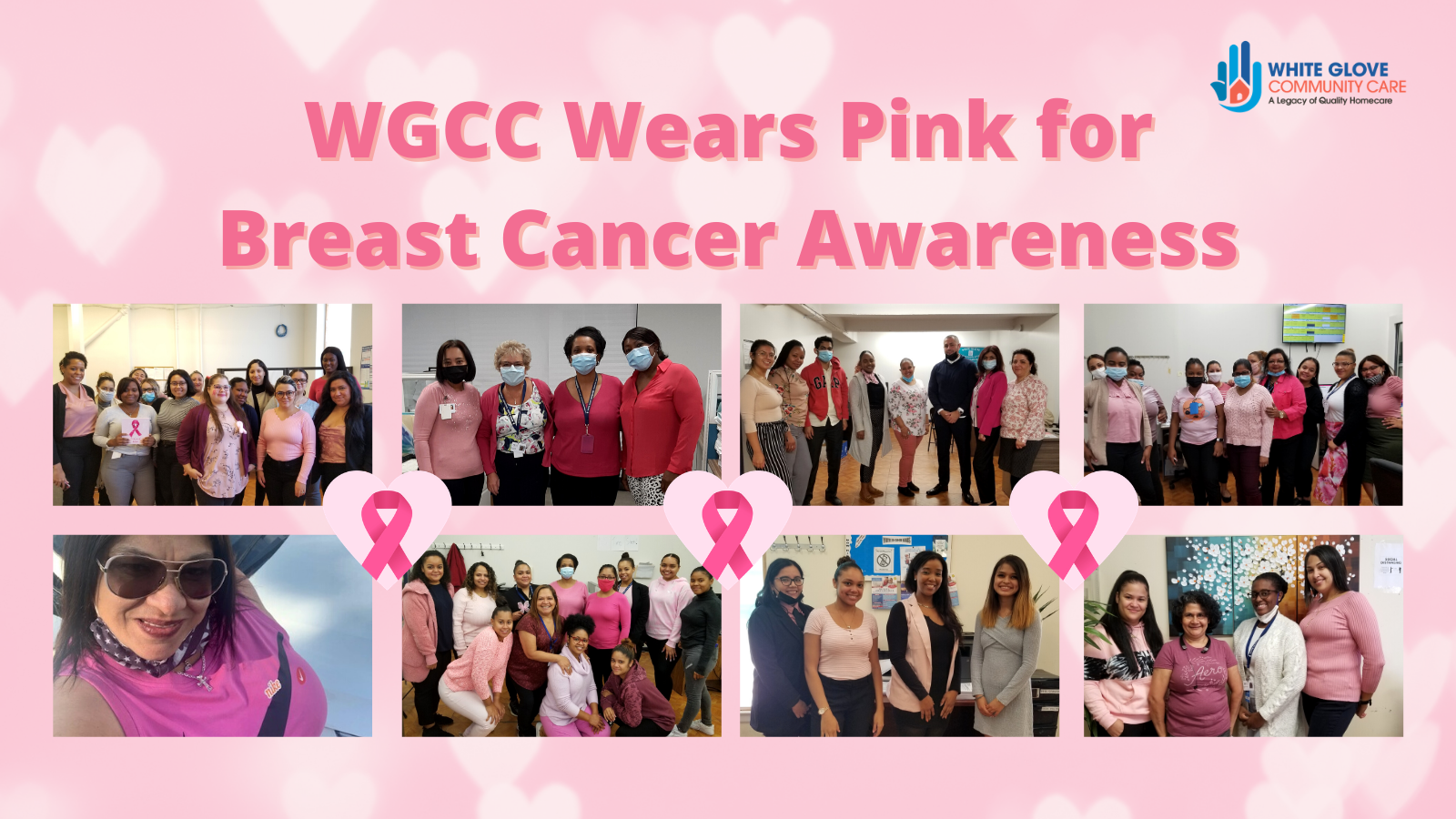October is Breast Cancer Awareness Month. Breast cancer is a disease where the cells of the breasts grow and multiply abnormally. Breast cancer is the most common cancer that affects American women, although men can get breast cancer too. According to the National Breast Cancer Foundation, 1 in 8 women in the United States will develop breast cancer in her lifetime. They say that every 2 minutes a woman is diagnosed with breast cancer and there are over 3.5 million breast cancer survivors in the United States alone.
What are the symptoms?
According to the CDC, some people may not have any signs or symptoms at all. Some of the warning signs of breast cancer that should be monitored are:
- Lumps in the breast or underarm (armpit)
- Thickening or swelling of any parts of your breasts
- Irritation or dimpling on the skin of your breasts
- Redness or flaky skin in the nipple areas or on the breasts
- Nipple discharge (other than breast milk) or blood that appears
- Pulling in of the nipple or if you have any pain in the nipple area
- Changes in the size or shape of your breasts
- Unexplained pain in any areas of the breasts
If any of these symptoms appear it is important to seek immediate medical attention.
How do you detect breast cancer?
It is important for adult women of all ages to perform breast self-exams at least once a month to check for lumps. Mammograms are recommended for women 40 years and older and they should have them scheduled every 1 or 2 years. Women who are younger than 40 that have high risk factors for breast cancer should ask their healthcare professional when and how often they should get mammograms.


How is breast cancer diagnosed?
As mentioned above, the most common way breast cancer is diagnosed are through diagnostic mammograms. Other ways breast cancer can be diagnosed are through ultrasounds, MRIs, biopsies, and lab tests.
How is breast cancer treated?
There are different types of stages and types of breast cancer. Once a person is diagnosed with breast cancer, he/she will work with their doctors to find the best treatment plans according to the type and stage their breast cancer is in. According to the National Breast Cancer Foundation, there are five treatment options which usually includes surgery, radiation, hormone therapy, chemotherapy, and targeted therapies.
Physical activity, wellness, and nutrition are very important for breast cancer patients to help aide them through their treatment and after treatment. Follow up care and regular checkups with doctors are also important to monitor how well the body is responding to treatment.


How can you help prevent breast cancer?
Being proactive about your health and understanding your cancer risks can help lower your risks for getting breasts cancer or help in finding it an early stage when treatment works best. It is important to take note of your family history and to share this with your doctor so you can learn about your risks and see if genetic counseling and testing are right for you.
Practicing healthy behaviors can also help lower your risk of getting breast cancer. A healthy low-fat diet with plenty of fruits, green, and orange vegetables are recommended. Exercising can also help lower your risk because exercise is known to help boost your immune system and help you keep your weight in check.


Think Pink and Spread Awareness!
Join the fight in supporting Breast Cancer Awareness by getting educated and donating to the cause. You can get more resources about Breast Cancer through the National Breast Cancer Foundation >> https://bit.ly/2SyRmdo or through the CDC >> www.cdc.gov/cancer/breast
Our team at White Glove Community Care come together every year to help support the cause by wearing pink in honor of Breast Cancer Awareness. View some of our photos below:


Sources: National Breast Cancer Foundation, CDC





